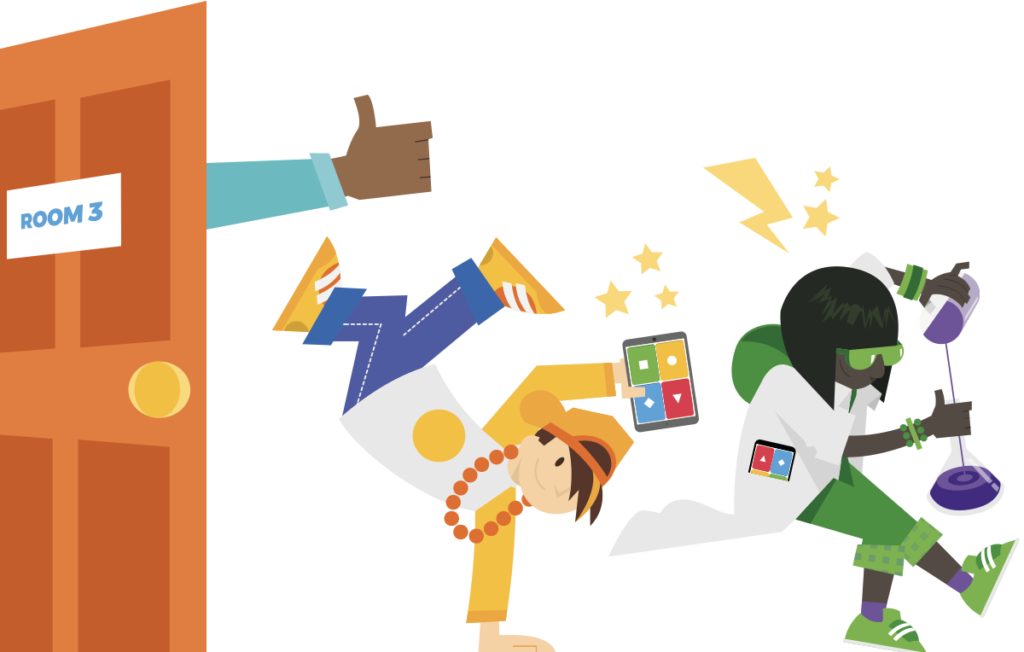It feels like I’ve always known about Kahoot! It has long become an ingrained habit. I can’t remember where and when I found it, but I can remember the first time I tried it with my students.
That first time, I used an existing kahoot I found on the platform. I was stunned with the incredible excitement and joy among my students. And it was not just the kids: I remember how my principal walked into the classroom with a guest, and they pulled out their phones to join the game!
What has that engagement factor, that I-have-to-be-a-part-of-this excitement? Kahoot! does.

Finding the engagement formula with Kahoot!
I love getting my students emotionally entangled in what we are studying. With physics, that’s pretty easy, except when it’s time to review for a district or state test. Before I discovered Kahoot!, I felt I was somewhat limited in getting the kids caught up in the learning. Back then, I thought about doing a jeopardy-like game, but knew the kids were tired of that. Fortunately, I found Kahoot! and figured out that engagement formula I was missing!
One of the things I value the most about Kahoot! is how flexible it is. I can use it to introduce a topic, to reinforce a topic, to review acquired knowledge, as a ticket out the door, and now as a homework assignment.




